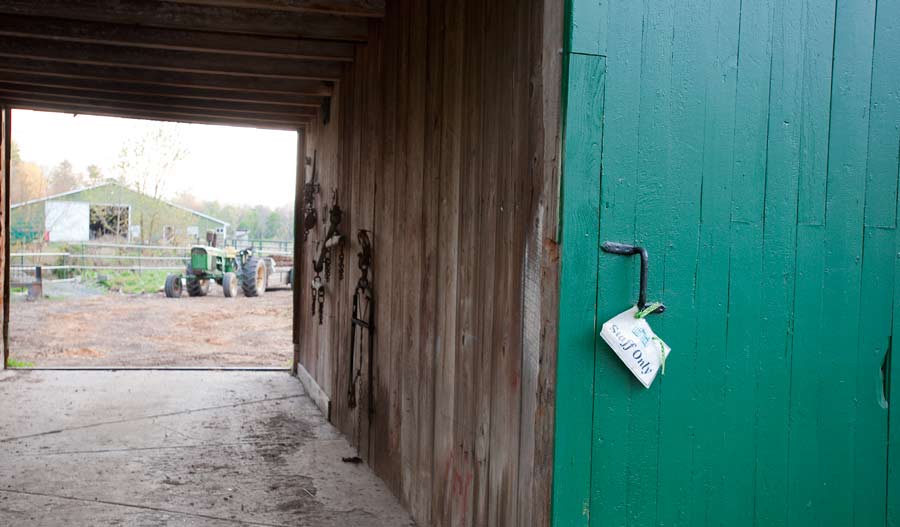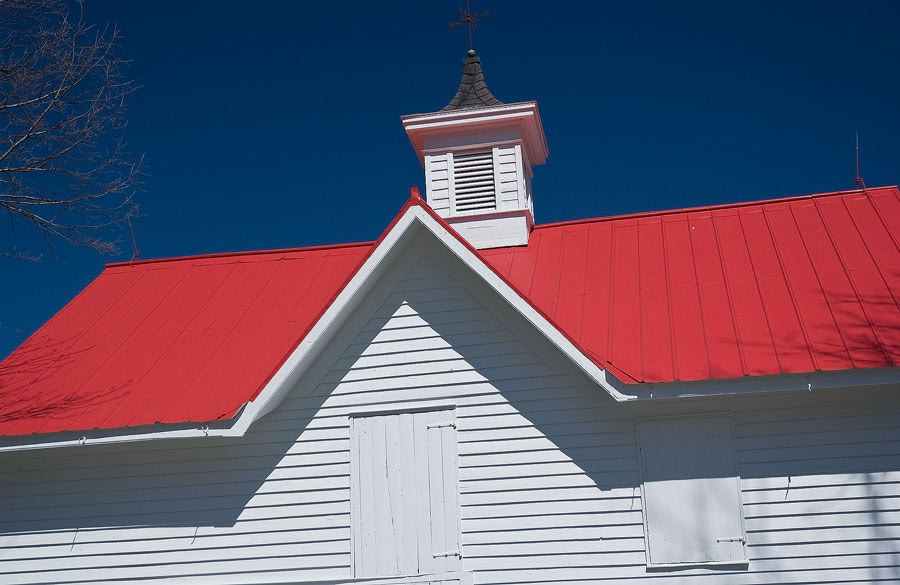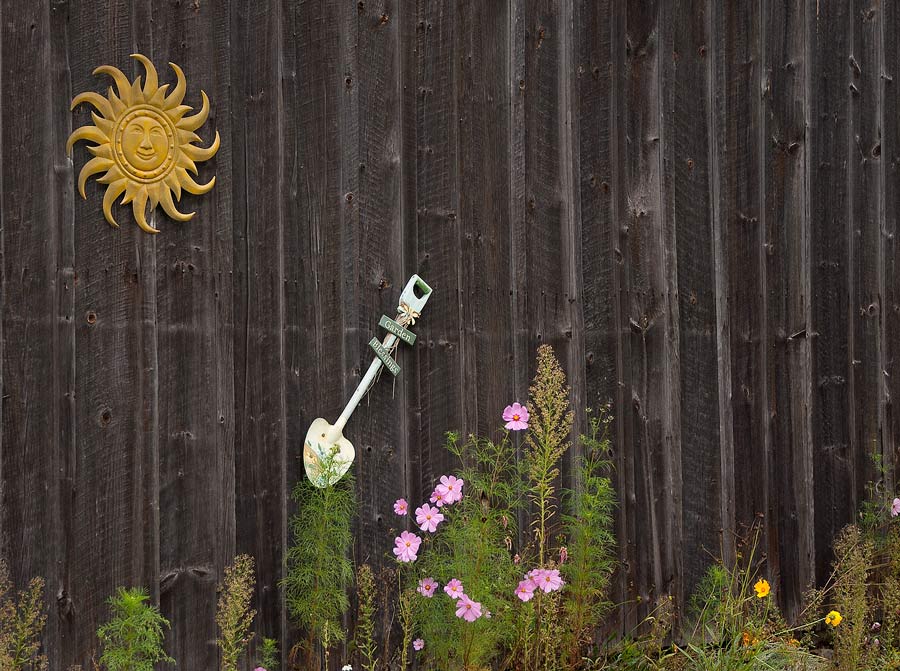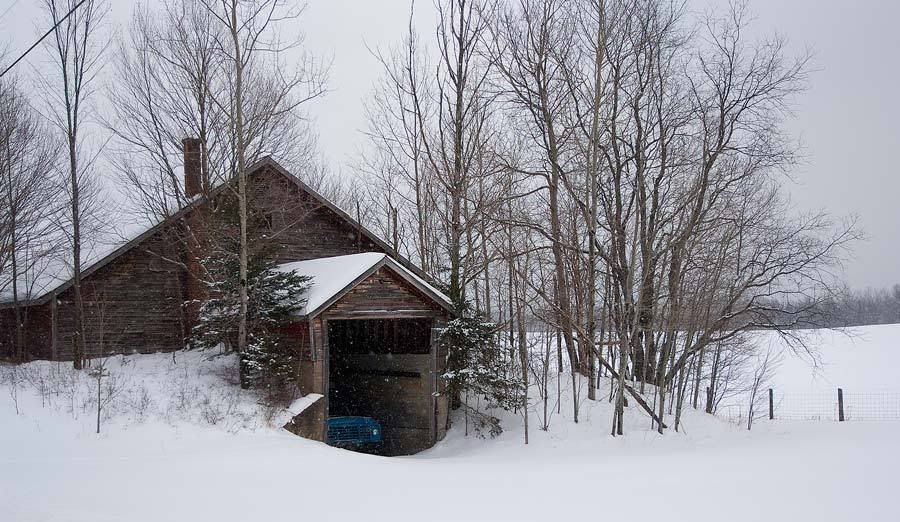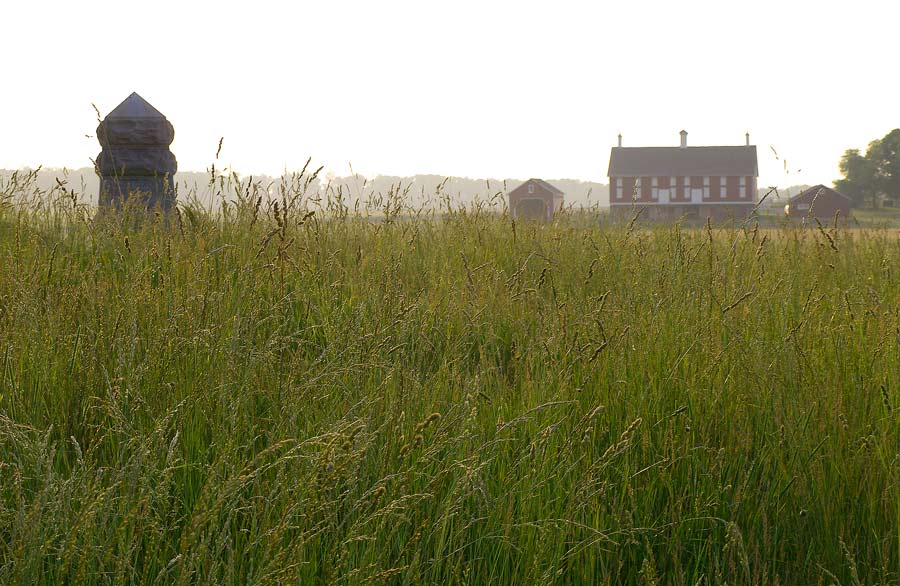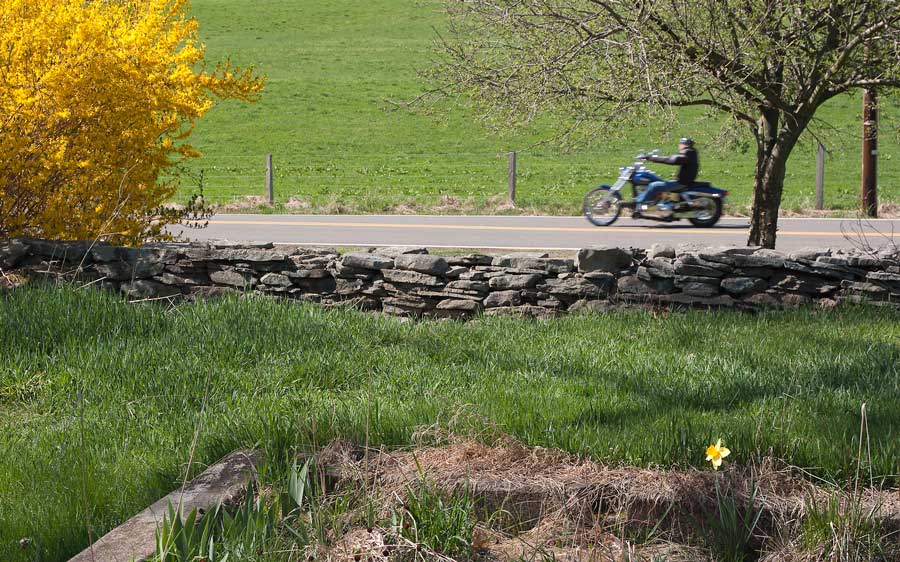I wrote this initially to publish in the local press. I now believe that the veiws expressed would be contoversial enough that I should proceed with caution. I would welcome your thoughts.
A Right to Health Care?
As part of the Democrat push for healthcare reform, there is much talk about the “right” of citizens to access “Affordable Health Care”. Some seek to infer this “right” as an offshoot of the “Life, Liberty and the pursuit of Happiness” phrase of the Declaration of Independence. It sounds, at first blush, like a sensible policy, something an advanced society like ours ought to embrace.
However, the enumerated “rights” thus far, have one thing in common. They mandate government non-interference in our lives and require no one’s direct labor (acknowledging our armed service for their defense of our liberty).
I would propose however that health care is not a right, but a service, a commodity, provided by individuals and organizations to other individuals for a fee. If caregivers are treated reasonably by society, then they have absolute moral and civic duty to help the less fortunate. Their labors should not be mandated however, for that would equate to theft of services.
Why should health care be a right? We have many more proximate needs than healthcare.
We need water.
We need nourishment.
We need clothing
We need shelter.
Yet we don’t treat these essentials as a “right” Water is absolutely essential to human life on a day by day basis. Other than drinking out of a public fountain, you have to pay for it, either in the form of a water utility, or bottled water.
Food certainly isn’t free, and no one talks about a “right” to food. The government does pay for certain food essentials through food stamps though at the merchant’s price.
If you are struggling, you can buy our clothes at thrift store, or wear hand me downs. No one is forced to give you clothing. Charities may hand clothing out to the truly needy.
Housing is subsidized. Certain landlords choose to provide housing for that purpose. They are not compelled to.
So why should healthcare be a right? Part of it has to do with a perception, right or wrong, those healthcare organizations and providers, particularly physicians, should be more altruistic than other professions and services. I do think we are. Many of us see as our duty the care of people who are struggling. But this has to have limits.
Medical practices have overhead, just like your plumber, or your electrician, or any other service business. They are no more immune to the laws of economics than any other. And overhead costs of medical practices is rising rapidly, due to government and insurance company mandates, not to mention the cost of malpractice insurance.
If for instance, your heat goes out in the middle of a winter storm, it a crisis of equal seriousness to that of many health care emergencies. You are forced to call your heating contractor. Yet society doesn’t consider their services a “right”. Society realizes that a contractor has expenses such as fuel, supplies, and insurance, not to mention likely a family to support. . Even subject to market forces, they tend to be paid very well for their services. Importantly, it will be the contractor’s choice, if upon seeing the modest circumstances of your family, that he decides to discount his services as an act of charity (as I’m sure happens more often than we know).
Once you make health care a “right”, then you say that everyone has a “right” to the labor of those who work in healthcare. If a person cannot afford to pay what physician or other caregiver determines to be a fair fee, based on their education, experience, time and overhead, then it is likely either he or she will be compelled give away all, or a part of the value their services, and/ or someone else will be forced to pay for them. That “someone” will probably be the taxpayers.
Medicare has been appropriating the labor of physicians for a long time. It originally wooed the skeptical medical community in the 1960’s by first paying physicians largely what they billed. There was a tangible increase in the standard of living of doctors in those years.
Since the 1980’s, when I started into practice, Medicare has gradually at first and now more abruptly, begun to cutback on what physicians are paid. For instance, this year, Medicare dropped by roughly 30%, the basic fee specialists can charge to see a new patient. No reason was given for this. Now they threaten an overall 21% cut in all Medicare reimbursement. Remember, when Medicare gets away with cutting reimbursement, private insurers will follow.
In many regions of the country, practices have looked at the new payment schedule, and decided that it’s too far below the value of their time and their burgeoning overhead. They react predictably (sadly for patients) by refusing to participate. This has the secondary effect of reminding private insurers in their market that there is a floor below which rates cannot fall
In this region, it is very difficult for physicians to drop Medicare given the high percentage of patients with this coverage. Docs around here will be very slow to quit, both out of financial necessity and I think, concern for the welfare of their patients. However, when we as physicians allow these cutbacks without a reaction, the private insurers notice. Geisinger Health Plan has already mimicked the specialists pay cut. If Medicare reimbursements are dropped by the proposed 21% however, even here physicians would have to soberly consider their options. Those would include leaving the region, or retiring.
You may say, “Listen to that rich doctor whine about his income”. Except that an electrician would probably charge more for a one hour service call to my home, than I am currently paid by Medicare for a one hour visit of a patient in the hospital.
Like it or not however, the hope of a solid income is a big part of what incentivizes people to spend 12 to 20 years of their working life after high school, not to mention an enormous tuition expense, to become a physician.
Imagine that you are being examined by a cardiothoracic surgeon who is proposing to reach into your chest to sew in a vein to bypass the blocked left main coronary artery that threatens to wipe out the majority of your heart muscle. Deep down inside, and regardless of your animosity toward physician incomes, you are probably glad, that as a very competitive college student, he saw a career in medicine as a potentially gratifying and lucrative option for his future.
And as he places the last tiny suture in what was formerly your saphenous vein, now conducting blood to your myocardium, you’re grateful that he worked incredibly long hours during his surgical residency, competing for a fellowship in cardiothoracic surgery, which was for him, a big jump in prestige, and potential income.
When he succeeds, you will be at some level grateful that he’s happy, and well incentivized to deliver your care. After all, that is what draws talented people to the field. This latter fact is very important for the upcoming 20-30 years, as baby boomers come into an age where they will require increasing amounts of healthcare resources.
Imagine: it is sometime in the near future. Your cardiothoracic surgeon has a daughter. She is extremely bright and physically talented, in a manner reminiscent of her father. She is also thoughtful. She is aware that after of flurry of democrat-sponsored legislation that healthcare is a now a right, guaranteed to all Americans. She has discussed the ramifications of this with father, who decided to retire young.
As she fills out the acceptance papers to Princeton she reaches the section where she is forced to choose a major. She thinks of her father, as the pen hovers over the “pre med” check box. She sighs, and checks “pre law” instead.
I told you she was bright.
Medicine is unique as a profession. Our services to patients are uniquely intimate; part of the oath we take at graduation involves helping to protect the welfare of patients. I am proud to fulfill this oath. But if society claims a “right” to my or any other profession’s service, then it has begun to conspire to steal them.


